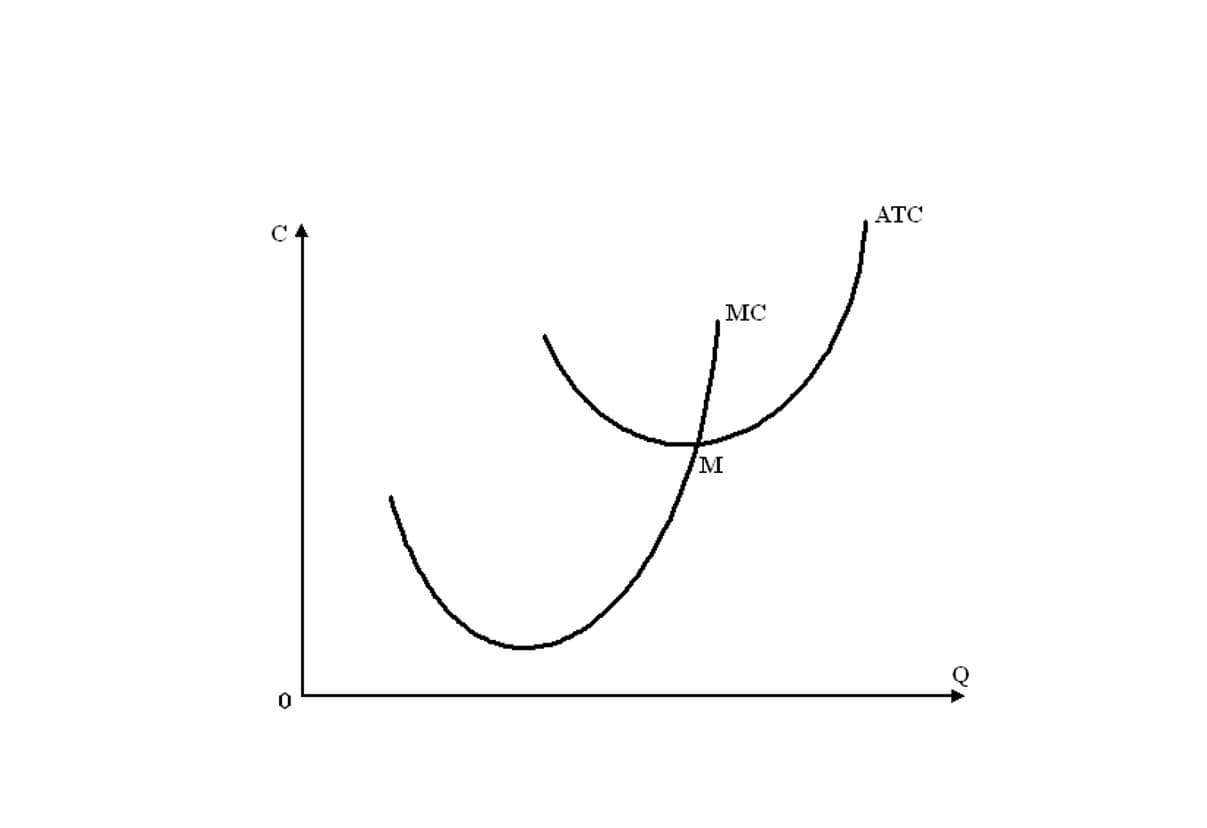
This is a retroactive change that requires the restatement of previous financial statements. Previous financials must be restated to be calculated as if the new principle were used. The only time that financial statements are allowed to not be restated is when every possible effort to correction of errors address the change has been made and such a calculation is deemed impractical. The more often you reconcile your accounts, the more likely you are to find accounting errors. Carve some time into the week or month to compare your accounts and ensure accounting errors aren’t going over your head.

Errors in Original Entry FAQs

The plan should reflect the facts, regardless of when they are discovered—in the early stage of the engagement or later. If a single period financial statement is issued, disclose the effects of the restatement on beginning retained earnings and net income from the preceding period. A particular example of an error of original entry is a transposition error where the numbers are not entered in the correct order. For example, if cash paid to a supplier of 2,140 was posted as 2,410 then the correcting entry of 270 would be. For example, suppose the trial balance showed total debits of 84,600 but total credits of 83,400 leaving a difference of 1,200 as shown below.

To Ensure One Vote Per Person, Please Include the Following Info
The role of auditors in the error correction process is multifaceted, extending beyond the mere identification of discrepancies. Auditors are tasked with evaluating the company’s error detection and correction procedures, ensuring that they are both effective and in accordance with the relevant accounting standards. They scrutinize the adjustments made to correct errors, assessing whether they accurately reflect the underlying transactions and are appropriately documented. This includes reviewing the adjusting journal entries and ensuring that the restated financial statements provide a true and fair view of the company’s financial position. Given the complex nature of some accounting transactions, it is inevitable that errors in reported amounts will sometimes occur. Thus, management cannot claim that a misstatement is simply a change in estimate if they did not take reasonable steps to verify the original amount recorded.
Types of Errors in Accounting: A Guide for Small Businesses
- Charles Hall is a practicing CPA and Certified Fraud Examiner.
- 11 Financial may only transact business in those states in which it is registered, or qualifies for an exemption or exclusion from registration requirements.
- To start implementing your own process, we recommend using this post as a reference and the AWS Systems Manager Incident Manager COE template.
- This process not only corrects the historical records but also restores the reliability of the financial information provided to stakeholders.
- If you catch an error along the way, fix it as soon as you can to avoid any other problems.
This helps give context into related assets and when we have a series of events. Use the five whys technique to make sure that you have identified the actual causes of a problem. You may need to ask more than five whys to find the causes, and you should consider if a cause could have been prevented.
- Despite the best efforts of the bookkeeper or accountant and the agreement of the trial balance, errors may still continue to prevail.
- It is imperative for financial markets to have accurate and trustworthy financial reporting.
- You may need to ask more than five whys to find the causes, and you should consider if a cause could have been prevented.
- These entries should be crafted with precision, ensuring that each debit and credit reflects the necessary adjustments to rectify the error.
- By submitting, you agree that KPMG LLP may process any personal information you provide pursuant to KPMG LLP’s Privacy Statement.
The Auditor’s Role in Error Correction
To ensure confidence in the entries made in the books of account, corrections are not undertaken by striking off figures, erasing figures, or rewriting them. Instead, corrections are applied by following a standard methodology. The permitted methodology involves correcting any errors through rectifying entries. For example, a company’s sales book is undercast by $1,000. This can be corrected by crediting the sales account directly with $1,000. B) Prepare the suspense account after the correction of errors 1 – 5.

This happens when a financial transaction https://www.bookstime.com/ isn’t recorded and so isn’t part of the documentation. Usually the transaction, which could be an expense or sale of a service, is overlooked or forgotten. You should perform reconciliations on a monthly and yearly basis, depending on the type of reconciliation. Bank reconciliations can be done at month end while fixed asset reconciliations can be done at year end. Someone on our team will connect you with a financial professional in our network holding the correct designation and expertise. We follow strict ethical journalism practices, which includes presenting unbiased information and citing reliable, attributed resources.
What are the components of a COE?
The bookkeeper enters $50 in cash and $50 in accounts receivable instead. When an amount is entered as the right amount and the right account but the value is wrong, this is an error of commission. This can mean that perhaps a sum is subtracted instead of added.
About AWS
By submitting, you agree that KPMG LLP may process any personal information you provide pursuant to KPMG LLP’s Privacy Statement. Welcome to Viewpoint, the new platform that replaces Inform. Once you have viewed this piece of content, to ensure you can https://www.instagram.com/bookstime_inc access the content most relevant to you, please confirm your territory. These materials were downloaded from PwC’s Viewpoint (viewpoint.pwc.com) under license.
